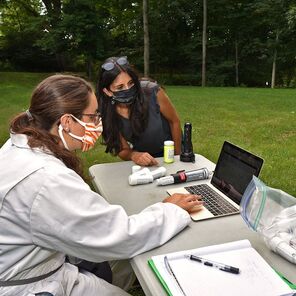 2020 has been one heck of a year, and it's not even over yet. In March, our campus joined the rest of the northeastern US in efforts to "go virtual" to prevent community transmission of the novel COVID-19 virus. As a lab already focused on public health, we were keen to do our part to try to keep our campus and region safe. However, 2020 was also the fourth and final year of our backyard integrated tick management study, taking place in western CT and southern RI. This study was painstakingly designed and so losing a year of study data would have been pretty terrible. After a lot of consideration and discussions with our Provost, we constructed a lengthy safety protocol so we could continue to conduct the outdoor field work aspects of our study, while minimizing risk to our research team members. We were limited in what we could do inside our laboratory but that was OK - it's way better to spend summer days outdoors anyway. Data entry happened via laptop from the field, and actually that turned out to work out fairly well. We are happy to say we completed our final summer of data collection, but it was quite a ride and we learned a lot. Most importantly, we gained some perspective about what's truly important when it comes to balancing work with keeping people safe. And hats off to our summer student "tick crew" who worked long hot days wearing masks, keeping socially distant from others, without complaint. We could not have done it without them! Classes at WCSU start next week amid a rise in COVID-19 cases in Danbury, so tensions are high as we all try to navigate more remote teaching and learning. Meanwhile, our tick research at the moment is limited to a small pilot field study and lots and lots of data analysis and writing from isolated spaces at home and on campus. Our team members don't get to hang out in person together, but there are always the ticks to keep us company! Stay safe, everyone, and let's all hope that 2020 has some better days in store for us in the coming months...
2 Comments
Spring is upon us here in the northeast and with the warmer temperatures come the adult stage blacklegged tick females who weren't able to find a blood meal this past fall. They're hungry and if you're in the right place at the right time, you might be their unlucky host. Lately a lot of people have been asking about permethrin-treated clothing and whether it works and if it's safe. Our answer is that it DOES work fairly well to repel ticks, even after some laundering. We've tested the clothing in the lab and the field, and our summer interns often wear permethrin treated clothing while doing field work. And permethrin products like clothing spray or factory-impregated clothing have been EPA-registered, and that means that the repellent has been tested for both effectiveness and safety. You can learn more about some work we did on permethrin-treated clothing on a blog post we wrote for Entomology Today. Meanwhile your tick prevention shouldn't be limited to just summer months. Ticks are active all year long here in the northeast as long as the temperatures are around 40F or above.
 Lately I have had the opportunity to reflect upon how my training as a scientist did not really prepare me for trying to convey scientific findings about tickborne disease prevention science to the public. We really do need to engage members of our local communities in order for prevention to be successful. Last year, we received a grant from the US EPA to create some story-based educational videos to help families make informed about backyard tick control. I was like, "YES! OUR COMMUNITIES NEED THIS!" and "YES! WE CAN HELP DISPEL SOME OF THE MYTHS SURROUNDING BACKYARD TICK MANAGEMENT!" and "YES! AND MAYBE WE CAN ENGAGE PEOPLE WHO ARE NOT EVEN INTERESTED IN THIS TOPIC!" I imagined fancy film sets on location, with perfect-looking actors, hair and makeup, etc. And then reality set in, and after much debate (and with quite a limited budget), we decided it would be best to put OURSELVES into the videos, as "experts in the field," to help tell the story of what evidence-based prevention science looks like. After all, scientists are just regular people, too. Right? We have to make prevention decisions for ourselves and to protect our own kids, right? Right. And so off we went... Well, it has been a long road of filming, line-memorizing, re-takes, many loud pronouncements of "CUT," and some painful moments of having to watch footage of myself (does my voice REALLY SOUND LIKE THAT?!). But finally, tonight we completed the filming of our final video in the series. It has taken A WHOLE YEAR to plan and film the footage needed for just five 3-minute videos, and I am looking forward to everything coming together this winter. If in the end we can provide some understandable information that can help people make informed choices about a confusing and sometimes scary topic, then it will be a success. But remember how good George Clooney was so good and so natural at playing Dr. Ross on the show ER all those years ago? Well let's just say that I hope I am a better scientist than I am an actor, because "good" and "natural" would not exactly be the best words to describe my current work as a thespian. Luckily our wonderful volunteer actors/community members from around the region gave stellar performances, and for this I am very grateful! Our Spray Safe, Play Safe project will roll out the video series with our "Movie Premiere" event taking place this spring. Check out our project webpage for updates about the videos and the event! We are thrilled to welcome the newest member of our lab team! Fran Tick is a female blacklegged tick helping spread the word to families about science-based practices for preventing tick bites! When she’s not working, Fran enjoys hanging out in the leaf litter or climbing nearby vegetation in search of something to eat. She is shown here with Tick Lab research assistant Brittany Schappach (Biology ‘18), on location in Ridgefield, CT, helping with our EPA-funded "Spray Safe, Play Safe" pesticide education project. If you do see Fran around the region or here in the WCSU Science Building, please do stop and say hello! We are pretty sure she won’t bite.
Last week, we were thrilled to host Connecticut 5th District’s Congresswoman Elizabeth Esty and give her a tour of our department and show her the work we do in the tickborne disease prevention lab. We wanted to show her first-hand how federal funding is helping us do big research at a relatively small institution, and how hands-on research opportunities for undergraduates have a big impact on student learning. We love that Congresswoman Esty has been a strong supporter of science and was so interested in hearing what our student interns had to say. She held one of our lab pets (a hissing cockroach) and got to meet our lab mascot, “Tick-Check Barbie,” too. It’s pretty amazing how quickly one can tidy up the lab when company is coming!
It’s been a year since we posted an update and much has been happening. We successfully completed the first year of our CDC-funded Backyard Integrated Tick Management Study. Our awesome student interns not only collected a gazillion ticks from backyards across the region, they also helped with our seasonal nymphal tick monitoring. Tick numbers were the highest they have been since 2011! Learn more about that by clicking here. Meanwhile we also were busy testing tick-repellent clothing items, as seen in this photo. What’s next? Well, we are thrilled to announce that we have been awarded a 2017 Healthy Communities Grant from the Environmental Protection Agency! This funding will allow us to continue to collaborate with our community partner, the Town of Ridgefield BLAST Tickborne Diseases program to help educate families about safe, effective, and judicious use of pesticides for backyard tick control. We have a lot of exciting activities planned and look forward to sharing them with Ridgefield and the region! Learn more by clicking here. Stay tuned for more developments!
Well it’s officially official: the Centers for Disease Control and Prevention will be funding us to carry out an integrated tick management study here in western CT and in southern RI. My co-PI is Dr. Thomas Mather, of the University of Rhode Island. He heads the extremely awesome TickEncounter Resource Center. Lots of excitement around here and much to be done to get this study going. We will be hiring a study coordinator and student interns, too, in the coming months. Although I’ve collaborated on many CDC-funded research endeavors, this is the first CDC cooperative agreement awarded directly to WCSU. I am TICK-led pink about it.
Wish us luck. You can read about the hullabaloo if you like, by clicking here. Just learned the Tick Lab will receive funding for a tickborne disease prevention study that will take place here in western CT over the next four years. Stay tuned for the official announcement!!
Well, summer field work has finally come to a close. We all celebrated by trying out the ropes course at the Discovery Museum Adventure Park. This is the Tick Lab’s 6th summer of research work and we all look forward to a little down time before the semester begins (next week)!
[Photo (left to right): Vanele, Becky, Kim, Mandy, Karen, Neeta, Payal] The summer field crew has been slogging away in tick repellent clothing and this is their last week of having to wear their treated “uniforms.” Despite how great they look (really!), I think the crew is a little excited about freeing themselves from the long pants and long sleeves. Wearing suspenders was their idea and I think it actually helps to keep shirts tucked into pants.
|

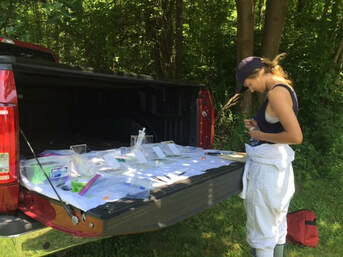
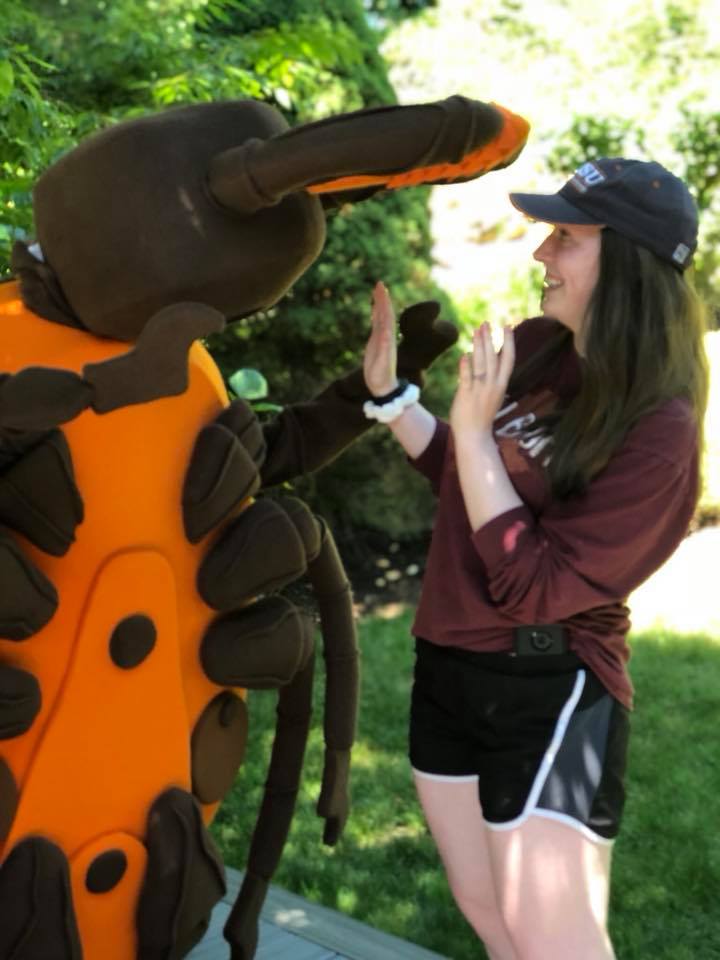
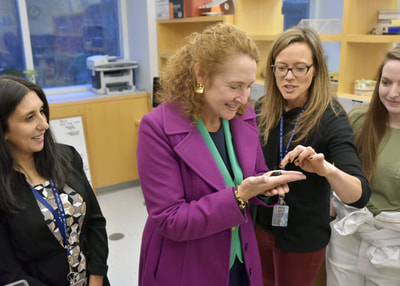
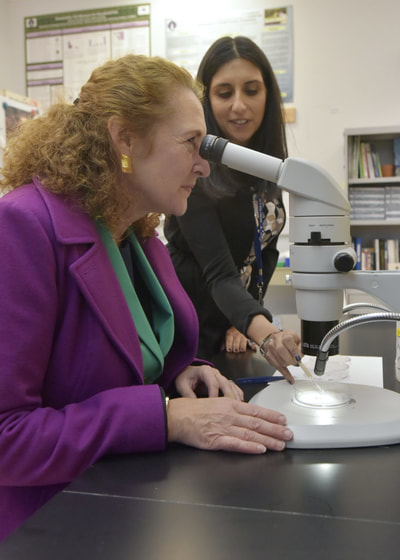
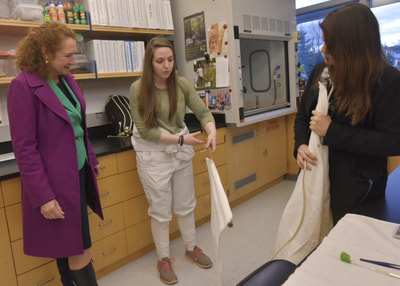
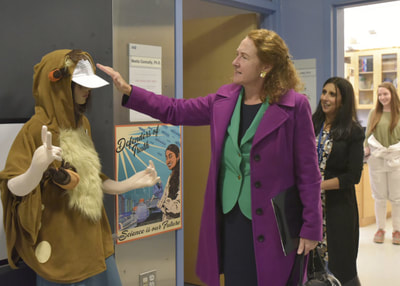
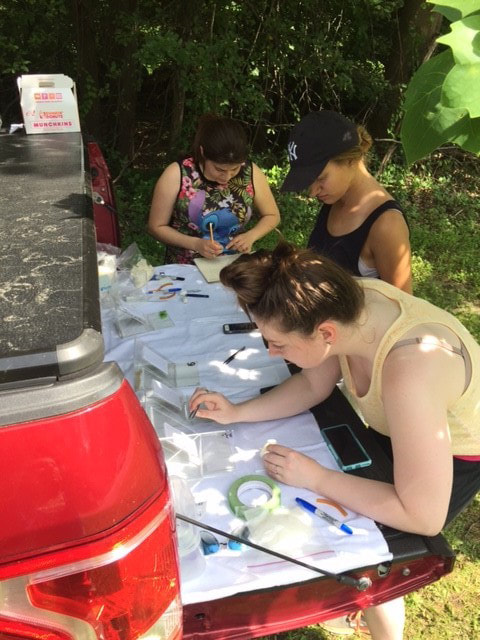
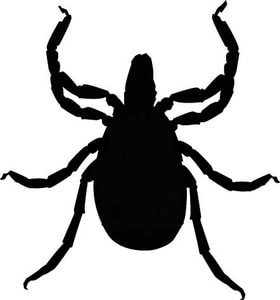

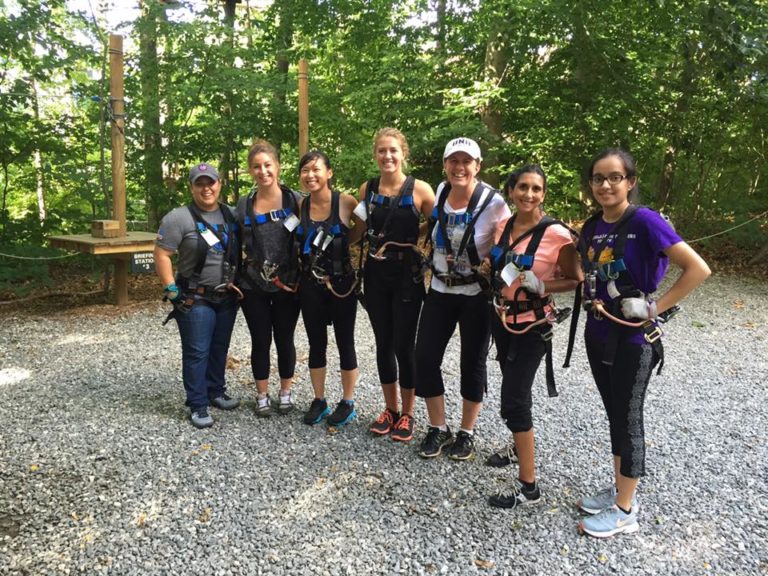
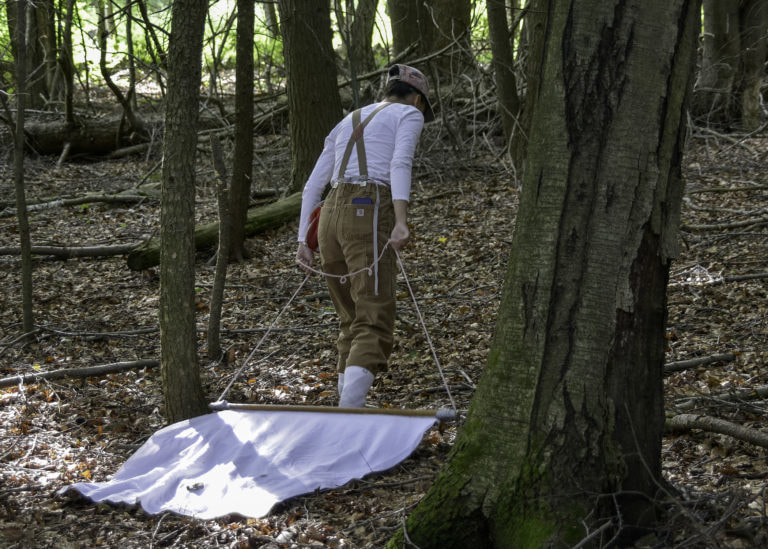
 RSS Feed
RSS Feed